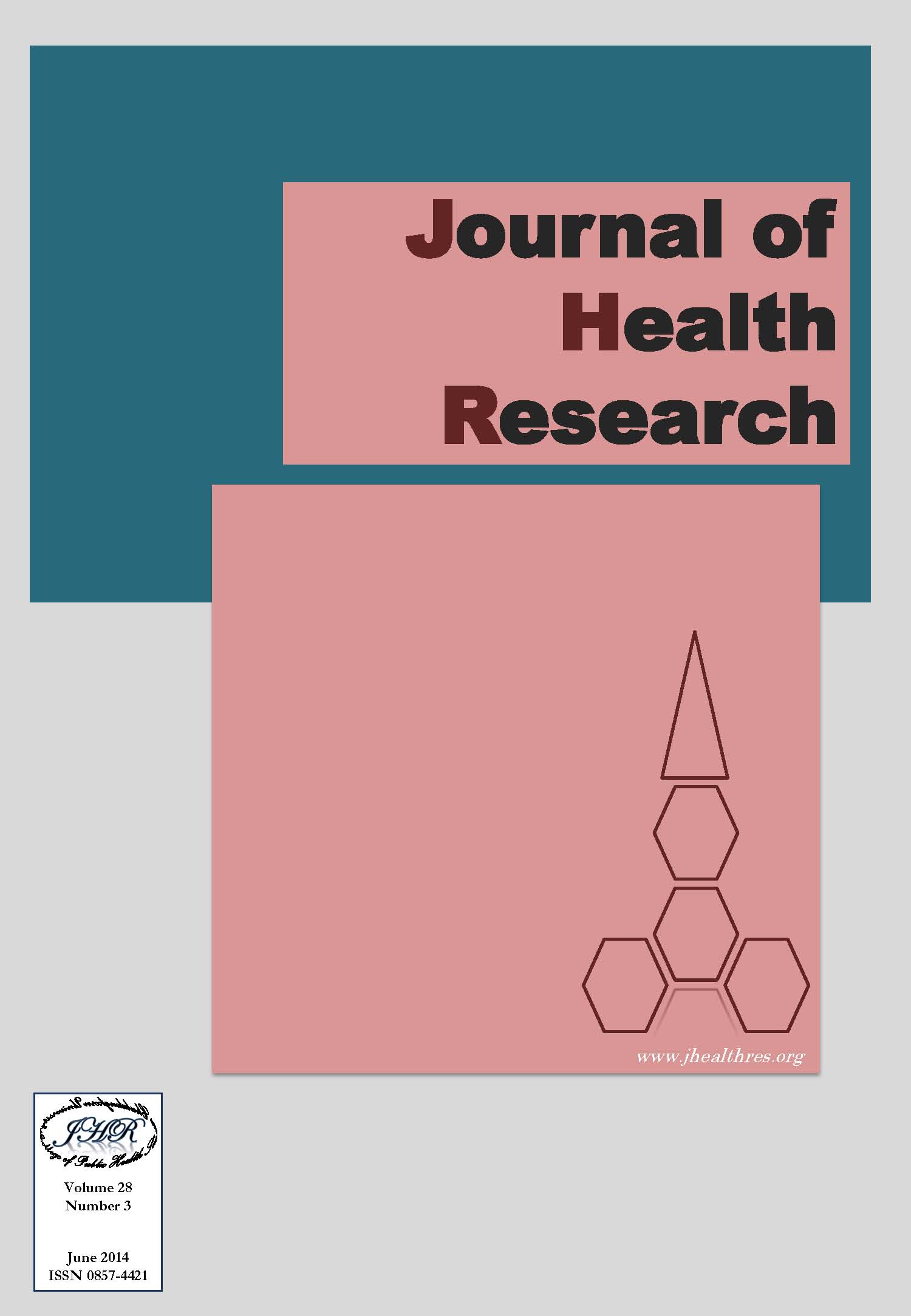Medical Student’s Perception on Incidence of Needle Sticks Injury and Preventive Measures
Keywords:
Needle sticks injury, Medical students, Universal precautionAbstract
Needle stick injury (NSIs) is major cause of blood borne infections transmitted among health care personals. World Health Report mentioned that more than 2 million cases of infectious disease from sharp injuries occurred annually. The medical students throughout the world show a similarly high rate of sharp exposures and the study in Malaysia found the high incidence (23.5%) of sharp injuries among medical students over one year. Lack of experience and technical expertise is also related to risk of needle-stick injuries. The objective is to find out the perception of medical students on incidences of needle sticks injury and preventive measures among final year medical students in Melaka, Malaysia. The study design was qualitative method in the form of focus group discussion. We selected two discussion groups from final year students, group of students who had exposure to needle sticks injury before and the other group contain of those who do not have injury before by simple random sampling. Each group contains about nine students. The data were analyzed by content analysis. Initially, discussion transcripts were read for emergent themes, which were then coded. Care was taken to ensure the codes accurately captured the respondent's meaning. The study revealed that most of the participants had knowledge on the diseases transmitted by contaminated sharp objects but information on hepatitis B immunization needed to be promoted (Less awareness about immunization and not immunized yet although medical students are in risk groups). For universal precaution measure, students uncertain about the needle should be recapped or not and also disposal of sharp or surgical waste in specific disposal bin. Discussion based on perception, all participants who had needle sticks injury before or not agree that every health care workers have a risk of needle sticks injury but it can protect by following universal precaution measures stated by WHO but still have a chance to get infection depend on some favorable conditions. They all agree on the issue that after getting infection due to occupational related needle stick injury, the health care workers should not resign but can change the job that has less exposure to blood and the information about injury should not be confidential. In conclusion, in-depth focus group discussion found out that the students have positive perception on needle stick injury and universal precaution measures but their awareness relating universal precaution and needle sticks injury need to be promoted among them.







